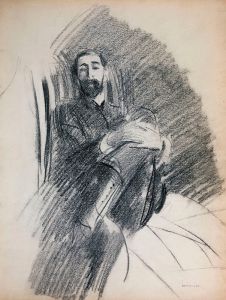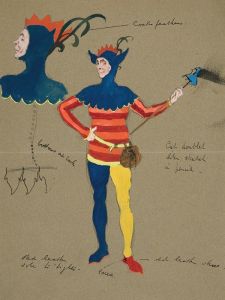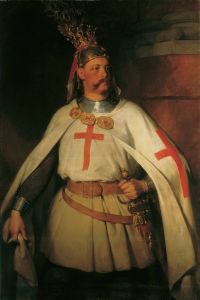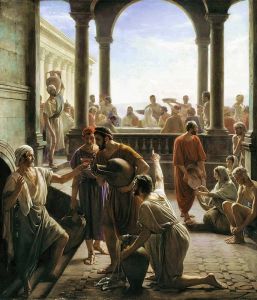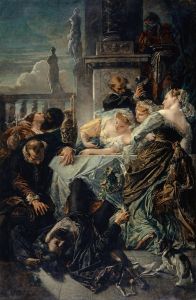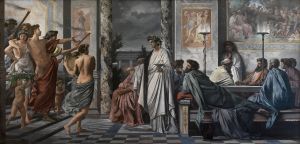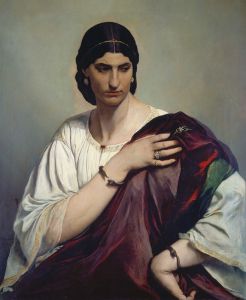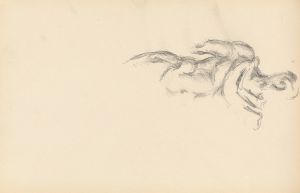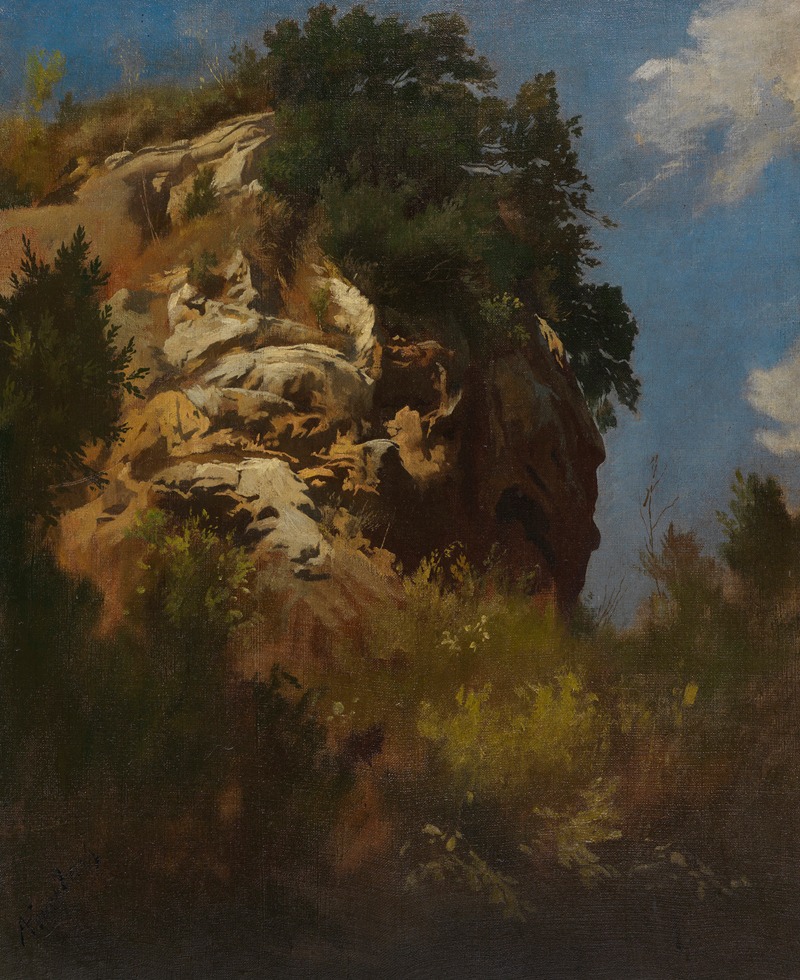
Landschaft, Felsgestein
A hand-painted replica of Anselm Feuerbach’s masterpiece Landschaft, Felsgestein, meticulously crafted by professional artists to capture the true essence of the original. Each piece is created with museum-quality canvas and rare mineral pigments, carefully painted by experienced artists with delicate brushstrokes and rich, layered colors to perfectly recreate the texture of the original artwork. Unlike machine-printed reproductions, this hand-painted version brings the painting to life, infused with the artist’s emotions and skill in every stroke. Whether for personal collection or home decoration, it instantly elevates the artistic atmosphere of any space.
Anselm Feuerbach was a prominent German painter of the 19th century, known for his classical style and historical themes. However, specific information about a painting titled "Landschaft, Felsgestein" by Feuerbach is not readily available in historical records or major art references. Feuerbach's oeuvre primarily consists of portraits, mythological subjects, and historical scenes, often characterized by their idealized forms and classical influences.
Feuerbach was born on September 12, 1829, in Speyer, Germany, into a family with a strong artistic and academic background. His father, Joseph Anselm Feuerbach, was a well-known archaeologist, which likely influenced Anselm's interest in classical antiquity. Feuerbach studied at several prestigious art institutions, including the Düsseldorf Academy, the Munich Academy, and the École des Beaux-Arts in Paris. His time in Paris exposed him to the works of Eugène Delacroix and Gustave Courbet, which helped shape his artistic development.
In 1855, Feuerbach moved to Italy, where he spent a significant portion of his career. The Italian landscape and the rich history of classical art deeply influenced his work. He became associated with the German expatriate community in Rome, which included other notable artists such as Arnold Böcklin and Hans von Marées. During his time in Italy, Feuerbach focused on creating works that reflected the grandeur and beauty of classical themes, often drawing inspiration from ancient mythology and literature.
Feuerbach's paintings are characterized by their harmonious composition, refined use of color, and a sense of timeless beauty. He often depicted figures from Greek and Roman mythology, imbuing them with a sense of idealized beauty and grace. His works are noted for their serene and contemplative quality, often featuring figures in moments of introspection or quiet interaction.
Despite his talent and the high regard in which he was held by his contemporaries, Feuerbach struggled with recognition during his lifetime. He faced criticism for his adherence to classical ideals at a time when the art world was increasingly embracing realism and modernism. Nevertheless, his work was influential in the development of German art, and he is considered one of the leading figures of the German classical revival.
Feuerbach returned to Germany in the later years of his life, accepting a position as a professor at the Academy of Fine Arts in Vienna. He continued to paint and teach until his death on January 4, 1880, in Venice, Italy. His legacy is preserved in numerous museums and collections, particularly in Germany, where his work is celebrated for its contribution to the classical tradition in art.
Without specific details on "Landschaft, Felsgestein," it is challenging to provide a detailed description or analysis of this particular work. However, based on Feuerbach's known body of work, it is likely that any landscape painting by him would reflect his classical sensibilities and his appreciation for the beauty of nature, possibly incorporating elements of the Italian landscape that so profoundly influenced his artistic vision.





